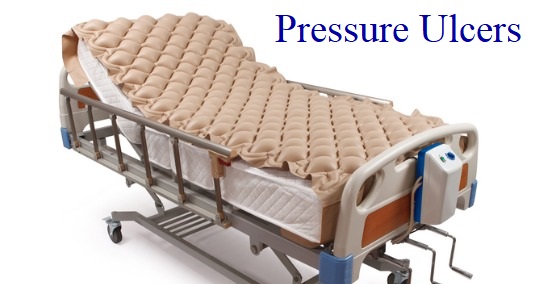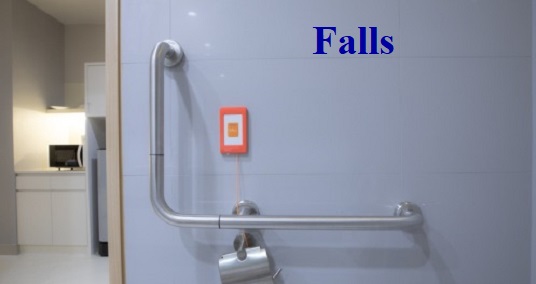Summary:
Hospitals and other healthcare interests are performing very targeted interventions in specific areas to improve the health of the patients and communities they serve. By clicking on each item under the "Improving Patient Care" shaded column to the left, you can learn about some of the many programs now underway in Massachusetts.
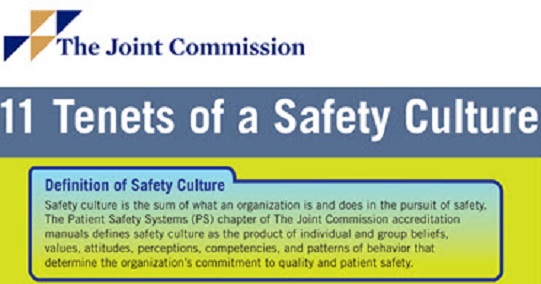
Definition of Safety Culture
Healthcare Acquired Infections
Healthcare acquired infections (HAIs), also known as nosocomial infections, are infections that patients get while receiving treatment for medical or surgical conditions. HAIs occur in all settings of care, including hospitals, surgical centers, ambulatory clinics, and long-term care facilities such as nursing homes and rehabilitation facilities.
Readmissions
"Readmission" occurs when patients who have had a recent stay in the hospital go back into a hospital again. Patients may have been readmitted back to the same hospital or to a different hospital or acute care facility. They may have been readmitted for the same condition as their recent hospital stay, or for a different reason. Often referred to as "rehospitalization."
Pressure Ulcers
A pressure ulcer or bedsore is an injury to the skin or underlying tissue usually over a bony protruding area of the body. Pressure ulcers can range in severity from minor skin reddening to deep wounds. Factors that cause pressure ulcers are unrelieved pressure on the skin, or slight rubbing or friction on the skin.
Patient Falls
The National Quality Forum (NQF) defines a fall as an unplanned descent to the floor (or extension of the floor e.g., trash can or other equipment) with or without injury to the patient.
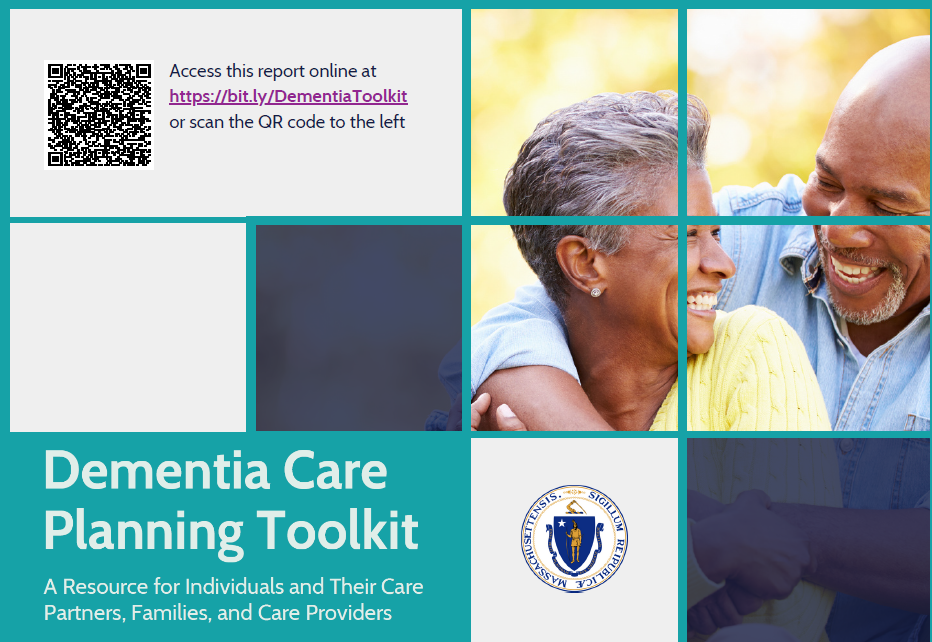
Dementia Care Planning Toolkit
This toolkit's goal is to facilitate the development of person-centered dementia care plans that support living well with dementia.
»Full Article
Heywood Healthcare is Bringing Telehealth into its Local Schools
Telemedicine is changing lives - including for students in North Central Massachusetts. Click here to learn more about Heywood Healthcare's Tele Behavioral School Base Counseling Program. ...» Full Article
Suicide Prevention Resources for Clinicians & Patients
Medical professionals care. They also experience higher rates of burnout and depressive symptoms than the general population. In fact, suicide is estimated to be the second leading cause of death for medical residents, and American doctors take their lives at twice the rate of the general population. Samaritans, Inc. is here for you – and for your patients. The mission of Samaritans is t...» Full Article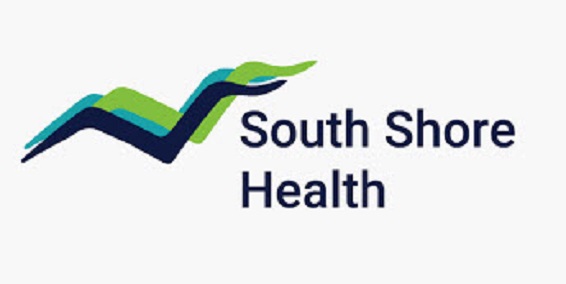
South Shore Medical Center’s Quincy Location is Now Open!
Take a look at South Shore Medical Center’s new state-of-the-art facility, located in the heart of Quincy Center at 1495 Hancock Street. ...» Full Article
Kudos to Southcoast Health for Supporting Great Local Organizations!
This is community healthcare in action. NEW BEDFORD — Southcoast Health has announced the recipients of its Community Benefits Impact Opportunity program grants for Fiscal Year 2019. These annual, competitive grants address unmet health needs in communities on the SouthCoast, according to a press release. “We are passionate about improving the health of our patients and our communities,...» Full Article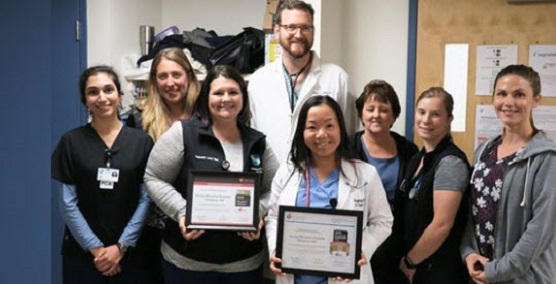
Sturdy Memorial Awards Winner from American Heart Association & Stroke Association
MHA applauds and are proud of Sturdy Memorial Hospital to have been recognized by the American Heart Association and American Stroke Association for meeting the latest research-based standards for stroke care. We're a dual-award winner, receiving both the STEMI Referring Center Gold Achievement and Stroke Honor Roll Elite Plus/Gold awards for our high quality and timely care of stroke patients! ...» Full Article
MHA – They Come to Us
In our patients' greatest time of need, in times of joy and celebration, they come to us. Watch Video here ... ...» Full Article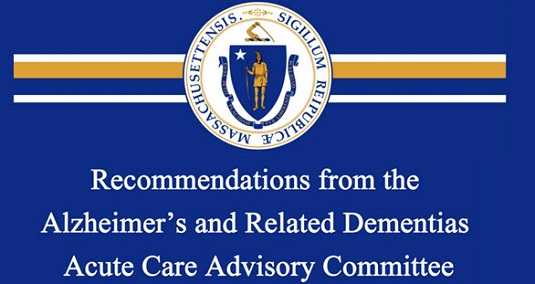
New Report Helps Hospitals Improve Care for Dementia Patients
The Commonwealth’s Alzheimer’s and Related Dementias Acute Care Advisory Committee (ARDAC) explored challenges and opportunities to provide optimal care for those with dementia who are in acute care settings. The committee presented options for hospitals to improve both the care and experience for patients and caregivers. Our goals are to: Identify and communicate the challenges and opport...» Full Article
MHQP’s Adult Preventive Care Guidelines
About the MHQP Adult Preventive Care Guidelines MHQP's 2018 guidelines were developed by a collaborative group of Massachusetts healthcare organizations. These are recommendations for providing preventive care to adult patients from the general population. These guidelines should not supplant clinical judgment or the needs of individual patients. These guidelines are inten...» Full Article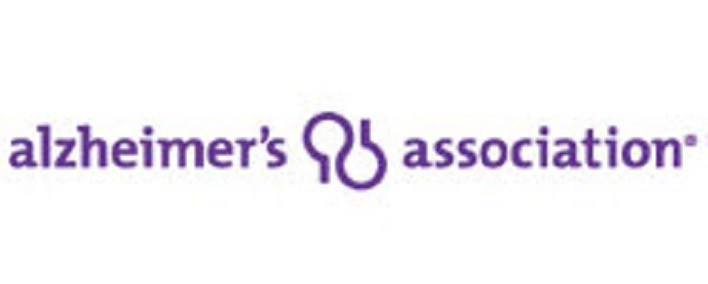
Alzheimer’s Association’s Alzheimer’s Disease Facts & Figures
2022 Alzheimer’s Disease Facts and Figures is a statistical resource for U.S. data related to Alzheimer’s disease, the most common cause of dementia. Background and context for interpretation of the data are contained in the overview. Additional sections address prevalence, mortality and morbidity, caregiving, and use and costs of health care, long-term care and hospice. The Special Report exa...» Full Article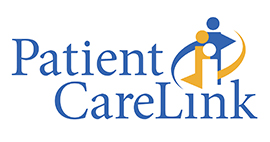
ICU Harm
ICU Harm Related Topics The critical care unit can be the location where a patient harm event occurs or it can be the unit where patients are transferred following an event elsewhere. With this in mind, we have grouped the following Patnership for Patients (PfP) option year (or Leading Edge Advanced Practive Topics - LEAPT) topics together under "ICU Harm Related Topics": Failure to Rescue, Hospit...» Full Article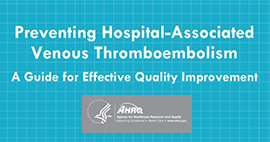
AHRQ’s Preventing Hospital Associated VTE Guide
Hospital-associated venous thromboembolism (HA-VTE) is a common source of morbidity and mortality. While VTE sometimes occurs despite the best available prophylaxis, there are many lost opportunities to optimize prophylaxis and reduce VTE risk factors in virtually every hospital. This guide targets these failure modes in the process of preventing VTE in the inpatient setting and provides improvem...» Full Article
Ventilator Associated Event (VAE)
VAE Summary: Mechanically ventilated patients are at high risk for complications. These risks include VAE, peptic ulcer disease (PUD), gastrointestinal bleeding, aspiration, venous thromboembolic events (VTE), and problems with secretion management. Evidence-based interventions can reduce the risk of these complications and reduce the occurrence of VAE. Implementing the ventilator bundle has s...» Full Article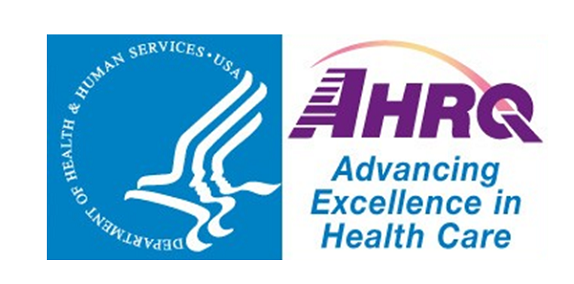
AHRQ’s Effective Health Care Program
AHRQ's funds individual researchers, research centers, and academic organizations to work together with the Agency for Healthcare Research and Quality (AHRQ) to produce effectiveness and comparative effectiveness research for clinicians, consumers, and policymakers. AHRQ is the lead Federal agency charged with improving the quality, safety, efficiency, and effectiveness of health care for all Am...» Full Article
Venous Thromboembolism (VTE)
VTE Summary: Venous thromboembolism (VTE) is a blood clot that starts in a vein. It is the third leading vascular diagnosis after heart attack and stroke, affecting about 300,000-600,000 Americans each year. There are two types: Deep vein thrombosis (DVT) is a clot in a deep vein, usually in the leg, but sometimes in the arm or other veins. Pulmonary embolism (PE) occurs when a DVT clot br...» Full Article
Airway Safety & Failure to Rescue (FTR)
Airway Safety Approximately 25,000 potentially life-threatening errors occur daily in hospital intensive care units (ICUs), and up to 10 percent of these adverse events involve unintended incidents in airway management; more than half of these errors have been deemed preventable (Needham, et al., 2004). Airway safety events refers to complications related to high-risk patients for airway compr...» Full ArticleTranslate »




